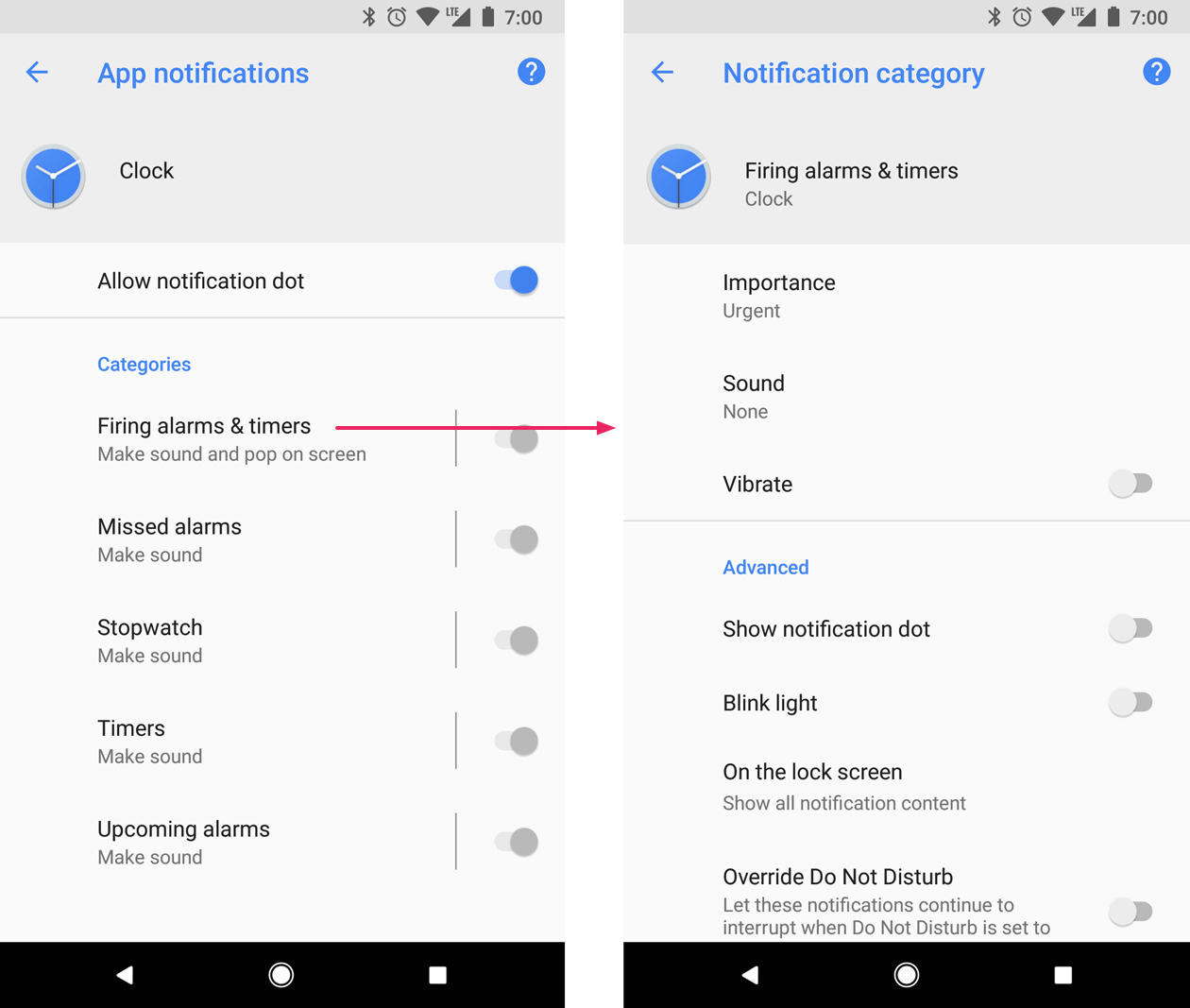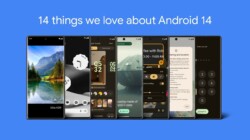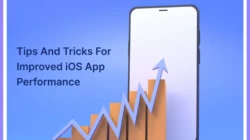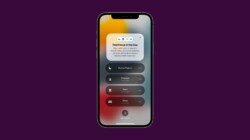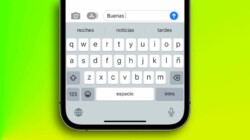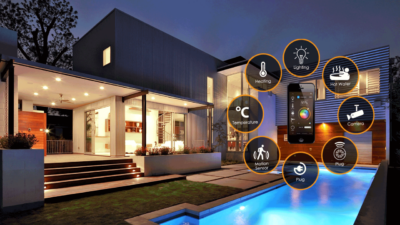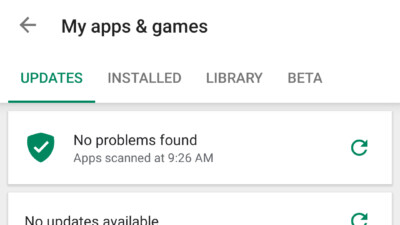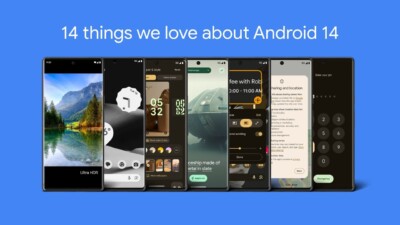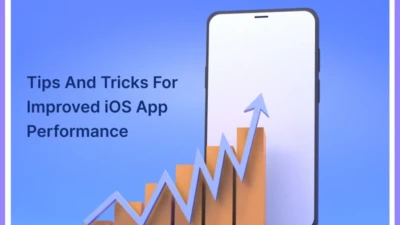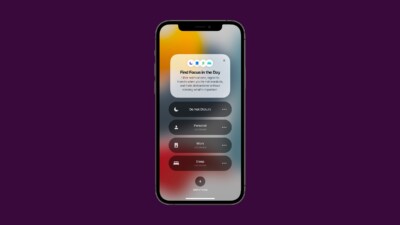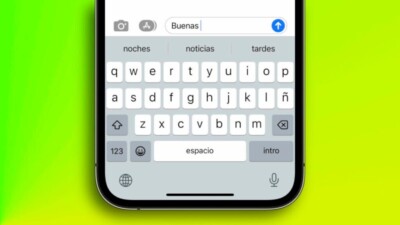Embark on a journey into the realm of Android notification design improvements, where we unveil the secrets to crafting notifications that captivate users and drive engagement. With every tap and swipe, we explore the nuances of visual hierarchy, content optimization, and interaction design, empowering you to create notifications that resonate with your audience.
Delve into the art of crafting concise and informative messages, structuring notifications for maximum impact, and personalizing experiences based on user preferences. Discover how animations and transitions can transform notifications into interactive touchpoints, fostering seamless task completion and deepening user engagement.
User Interface Enhancements: Android Notification Design Improvements
Notifications play a crucial role in keeping users informed and engaged with their devices. To maximize their effectiveness, it is essential to enhance their visual hierarchy and appeal. By employing strategic design elements, notifications can become more readable, visually appealing, and engaging.
The visual hierarchy of notifications can be improved by organizing content into clear sections. This includes separating the notification title, body text, and action buttons. Each section should be visually distinct, with appropriate spacing and typography. By doing so, users can quickly scan and identify the most important information.
Colors, Icons, and Typography
Colors, icons, and typography play a vital role in enhancing the visual appeal of notifications. Colors should be used strategically to draw attention to important elements and create a visually appealing experience. Icons can convey information quickly and effectively, making them an excellent choice for representing actions or providing additional context.
Typography, including font size, style, and alignment, can enhance readability and create a visually cohesive design.
Animations and Transitions, Android notification design improvements
Animations and transitions can make notifications more engaging and interactive. Subtle animations can draw attention to new notifications, while transitions can create a smooth and seamless user experience. For example, a notification can fade in or slide into view, making it less intrusive and more noticeable.
Content Optimization

In the realm of Android notifications, content reigns supreme. Crafting messages that are concise, informative, and tailored to the user’s preferences is the key to creating notifications that maximize impact and minimize distractions.
Let’s delve into the art of content optimization, exploring best practices and techniques that will elevate your notifications to new heights.
Structuring for Impact
The structure of your notification plays a crucial role in its effectiveness. Here are some guidelines to follow:
- Keep it brief:Notifications should convey essential information without overwhelming the user. Aim for a maximum of 50 characters in the title and 100 characters in the body.
- Prioritize content:Place the most important information in the title, followed by supporting details in the body. This helps users quickly grasp the суть of the notification.
- Use action buttons sparingly:Action buttons can be useful for providing quick access to relevant actions, but avoid overloading the notification with too many options.
Interaction Design
Notifications play a crucial role in bridging the gap between apps and users, enabling timely and relevant communication. By providing clear and actionable options within notifications, you empower users to engage with your app seamlessly and minimize the need for them to navigate through multiple screens or menus.
Intuitive and user-friendly notification interactions reduce frustration and enhance the overall user experience. Notifications should be designed to complement the app’s functionality, offering relevant actions that align with the user’s immediate needs.
Seamless Task Completion
- Notifications can facilitate task completion by providing direct access to specific app functions. For instance, a notification for a new message can include an option to “Reply” or “View Conversation,” allowing users to respond promptly without having to open the messaging app.
- Notifications can also be used to initiate actions related to ongoing tasks. For instance, a notification for a ride-sharing service can provide an option to “Track Ride” or “Share ETA,” enabling users to monitor their progress or inform others of their expected arrival time.
Enhanced User Engagement
- Notifications can be leveraged to increase user engagement by providing updates and reminders related to the app’s core functionality. For instance, a fitness app can send notifications with daily progress summaries or reminders to log workouts.
- Notifications can also be used to promote new features or content within the app. By providing a preview or a link to the relevant section, notifications can encourage users to explore new offerings and enhance their overall experience.
System Integration
Notifications are an integral part of the Android experience, providing users with timely and relevant information. To ensure a seamless and consistent notification experience, it is crucial to leverage system integration effectively.
Notification channels play a pivotal role in organizing and managing notifications. By creating distinct channels for different types of notifications, developers can provide users with granular control over the delivery and appearance of notifications. This allows users to prioritize and filter notifications based on their preferences, ensuring that important notifications are not missed while less critical notifications are less intrusive.
Optimizing Notifications Across Devices and Platforms
In today’s multi-device environment, users expect notifications to be consistent and seamless across all their devices. To achieve this, developers should adopt a cross-platform approach to notification design. By leveraging platform-specific features and guidelines, developers can ensure that notifications are optimized for each device and platform, providing users with a unified and cohesive experience.
Leveraging System-Level Features
Android provides a range of system-level features that can be leveraged to enhance the delivery and management of notifications. These features include notification grouping, notification ranking, and notification snoozing. By incorporating these features into their notification design, developers can improve the user experience by making notifications more manageable, relevant, and actionable.
Accessibility Considerations

Ensuring that notifications are accessible to all users, regardless of their abilities, is crucial. Users with disabilities face unique challenges when interacting with notifications, and it’s essential to address these challenges to create an inclusive and equitable experience.
By understanding the specific barriers faced by users with disabilities and implementing thoughtful design principles, we can create notifications that are both informative and accessible. This not only enhances the user experience but also aligns with best practices for ethical and responsible design.
Assistive Technologies
Assistive technologies, such as screen readers and magnifiers, play a vital role in enabling users with disabilities to interact with digital content. When designing notifications, it’s important to consider how these technologies will interpret and convey the information to users.
- Screen readers:Convert visual information into spoken or braille output, making it accessible to users with visual impairments.
- Magnifiers:Enlarge portions of the screen, assisting users with low vision in reading and interacting with content.
By ensuring that notifications are compatible with assistive technologies, we can empower users with disabilities to access and engage with information effectively.
Outcome Summary

As we conclude our exploration of Android notification design improvements, remember that notifications are not mere interruptions but opportunities to connect with your users. By embracing the principles of visual appeal, content optimization, and interaction design, you can craft notifications that leave a lasting impression, drive engagement, and enhance the overall user experience.
